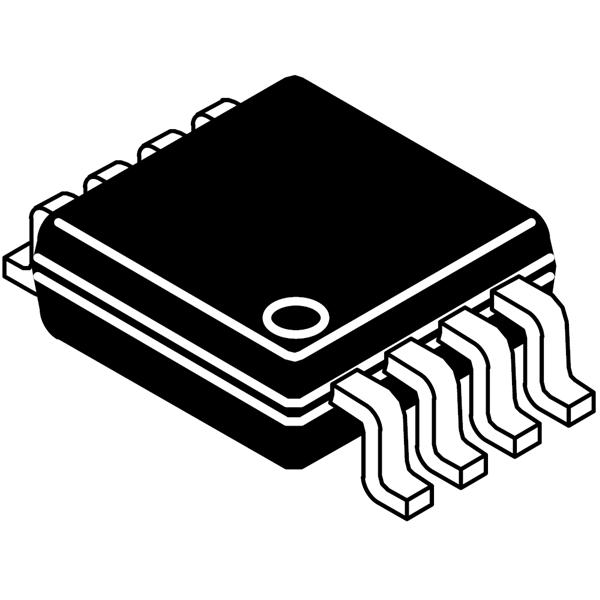Unlocking Homeownership: A Comprehensive Guide to USDA RD Loans for Rural Living
#### Understanding USDA RD LoansUSDA RD Loans, or United States Department of Agriculture Rural Development Loans, are government-backed mortgage options de……
#### Understanding USDA RD Loans
USDA RD Loans, or United States Department of Agriculture Rural Development Loans, are government-backed mortgage options designed to promote homeownership in rural areas. These loans provide an excellent opportunity for low to moderate-income individuals and families who may struggle to secure traditional financing. With features such as zero down payment, competitive interest rates, and flexible credit requirements, USDA RD Loans are a valuable resource for those looking to buy a home in eligible rural regions.
#### Eligibility Criteria for USDA RD Loans
To qualify for USDA RD Loans, applicants must meet specific eligibility requirements. These include:
1. **Location**: The property must be located in a designated rural area as defined by the USDA. This often includes small towns and suburban areas.
2. **Income Limits**: Borrowers must have a household income that does not exceed 115% of the median income for the area. The USDA provides income guidelines that vary by location and family size.
3. **Creditworthiness**: While USDA RD Loans are more lenient than conventional loans, lenders typically look for a credit score of at least 640. However, exceptions can be made for applicants with lower scores who demonstrate strong compensating factors.

4. **U.S. Citizenship or Eligible Non-Citizen Status**: Applicants must be U.S. citizens or have legal residency status.
5. **Primary Residence**: The home must be intended as the borrower's primary residence, not as a rental or investment property.
#### Benefits of USDA RD Loans
One of the most significant advantages of USDA RD Loans is the **zero down payment** requirement. This feature allows eligible borrowers to finance 100% of the home's purchase price, making homeownership more accessible for those who may not have substantial savings. Additionally, USDA RD Loans typically offer lower mortgage insurance premiums compared to FHA loans, resulting in lower monthly payments.
Another benefit is the **fixed interest rates** that are often lower than conventional loan rates. This can lead to significant savings over the life of the loan. Furthermore, USDA RD Loans come with flexible terms, allowing borrowers to choose between 30-year and 15-year fixed-rate mortgages.
#### The Application Process for USDA RD Loans

The application process for USDA RD Loans involves several steps:
1. **Pre-qualification**: Potential borrowers should start by getting pre-qualified with a lender who specializes in USDA loans. This step helps determine how much you can afford and what your monthly payments will look like.
2. **Gathering Documentation**: Applicants will need to provide various documents, including proof of income, tax returns, bank statements, and information about debts and assets.
3. **Loan Application**: Once pre-qualified, you can formally apply for the loan. The lender will review your application and documentation to ensure you meet all eligibility criteria.
4. **Underwriting**: After the application is submitted, it goes through the underwriting process, where the lender assesses the risk of lending to you based on your financial profile.
5. **Closing**: If approved, the final step is closing, where you'll sign all necessary documents and officially take ownership of the property.

#### Conclusion: Why Choose USDA RD Loans?
USDA RD Loans are an excellent option for individuals and families seeking affordable homeownership in rural areas. With their unique benefits, including no down payment and lower interest rates, these loans make it easier for eligible borrowers to achieve their dream of owning a home. If you're considering purchasing a home in a rural location, exploring USDA RD Loans could be your first step toward a brighter future.
In summary, USDA RD Loans offer a pathway to homeownership that aligns with the needs of many low to moderate-income families. By understanding the eligibility requirements, benefits, and application process, you can take advantage of this fantastic opportunity to secure a home in a rural community.